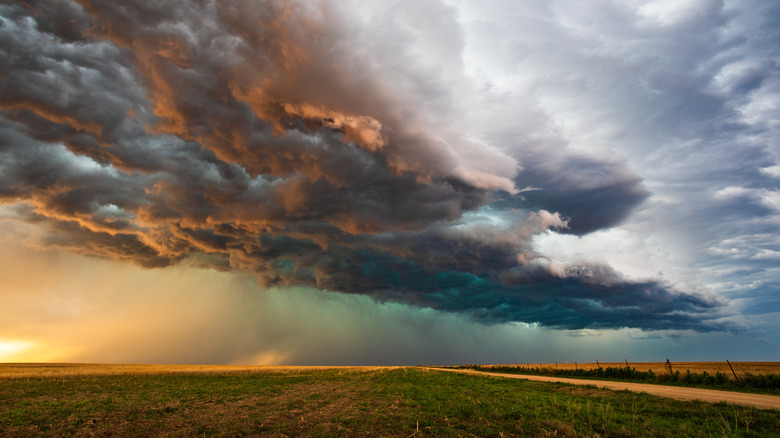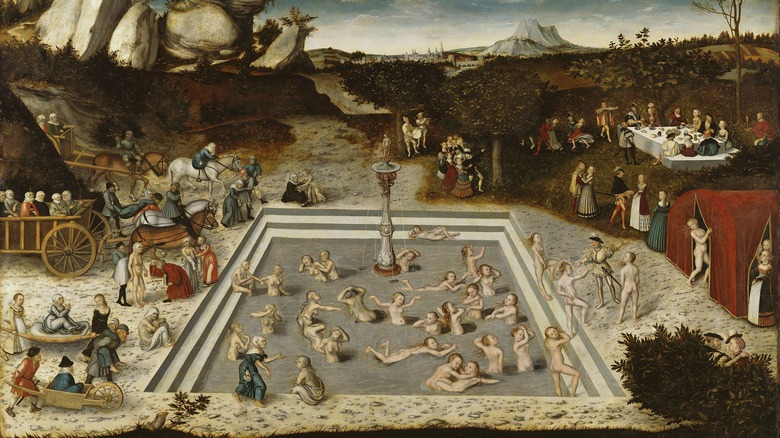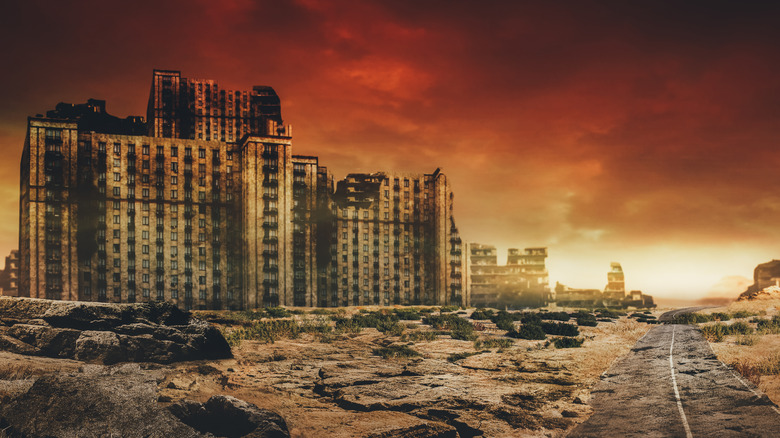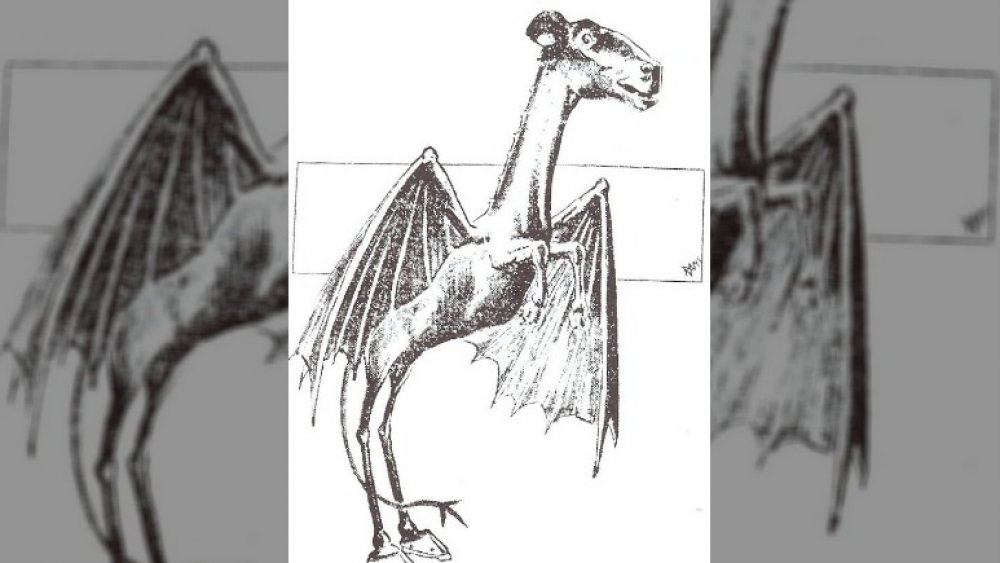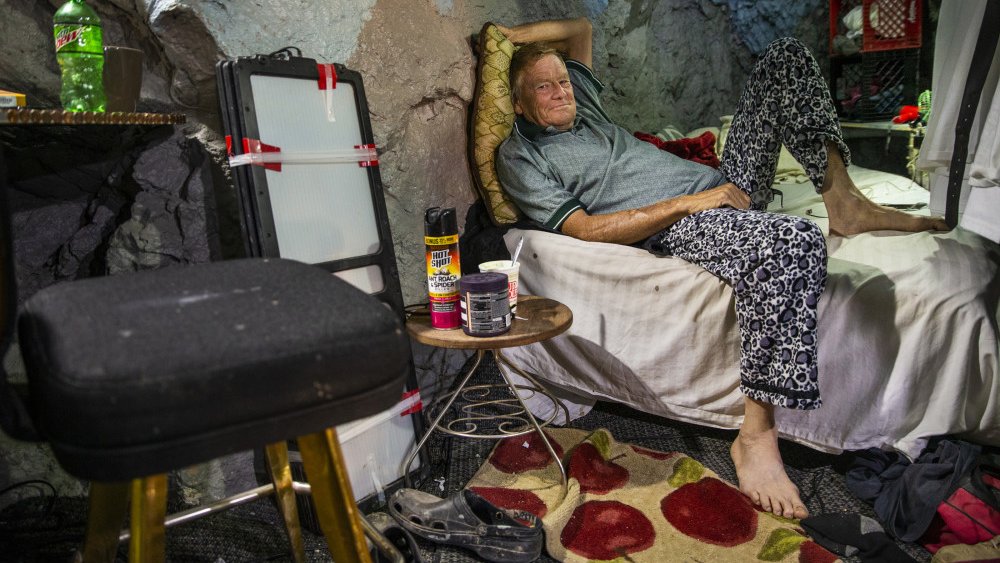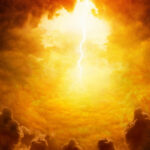
The Wild True Story Of Satan’s Storm
On June 15, 1960, the good God-fearing people of Kopperl, Texas, all thought that Armageddon had finally come to scour the Earth of its filthy sinners. According to AlabamaWx, the night before had started off as June nights in the Lone Star State tend to do: clear skies, not too hot yet, some heat lighting streaking like neurons through cerebral clouds off in the distance. The temperature was a comfortable 70 degrees Fahrenheit, perfect for drifting off into a pleasant night’s sleep.
Then one rather ornery pall of clouds made its way toward town sometime after midnight, bringing with it gusts of wind as strong as 75 miles per hour. One local store had its roof ripped off its walls. Trees bared their roots to the blustering sky. Up until now, this was pretty par for the course for a late-spring Texas thunderstorm. This is tornado country, after all. However, as the storm intensified, the good people of Kopperl started to think that something more sinister was in the works for their small Central Texas town.
Was Satan behind the storm in Kopperl, Texas?
Usually thunderstorms bring rain and thus a nice respite from the sweltering heat of the day in Texas, but this was no ordinary thunderstorm. As the wind rose, so did the temperature, and precipitously, at that. Within minutes, the thermometers registered temperatures above 100F, and some folks reportedly had to replace their thermometers after the sudden increase in temperature caused the alcohol in them to expand so rapidly that they burst.
People awoke in their beds sweating bullets. Their air conditioners had stopped working. The power had gone out. They got no relief by going outside, either. The air was absolutely scorching, making it difficult to breathe. Lightning slashed the sky like divine judgement. Some parents reportedly even wrapped wet blankets around their children to help them stay cool.
But it wasn’t the apocalypse or Hell literally come to Earth. Scientists now know that what happened in Kopperl that night was called a heat burst, a meteorological phenomenon that involves high winds, an extreme rise in temperature, and a sudden decrease in humidity. Rapid 20-degree surges in temperature are common in such events. The heat burst in Kopperl, Texas, in 1960 — still known today as Satan’s Storm — was one of the most intense heat bursts ever recorded.

There Are More Fatal Accidents On Sets Than You Think

The Tragic True Story Of Heiress Ann Cooper Hewitt
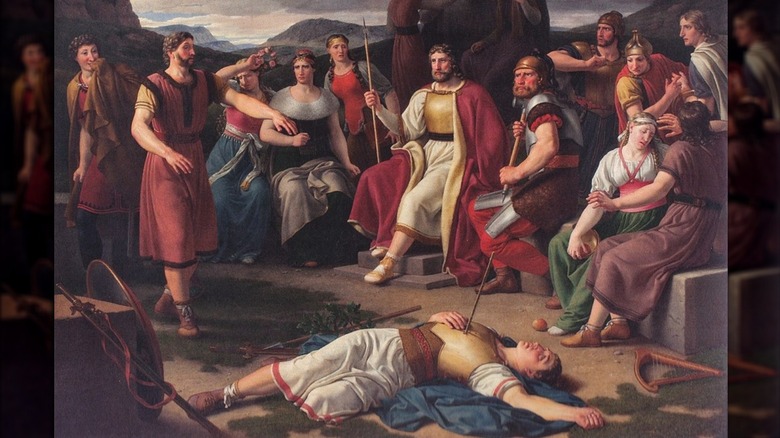
The Mythology Of Balder Explained
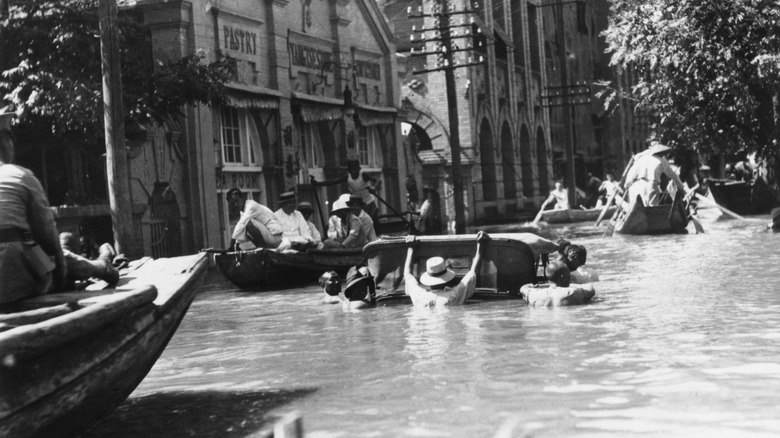
The Truth About The Deadly 1931 Yangtze River Floods
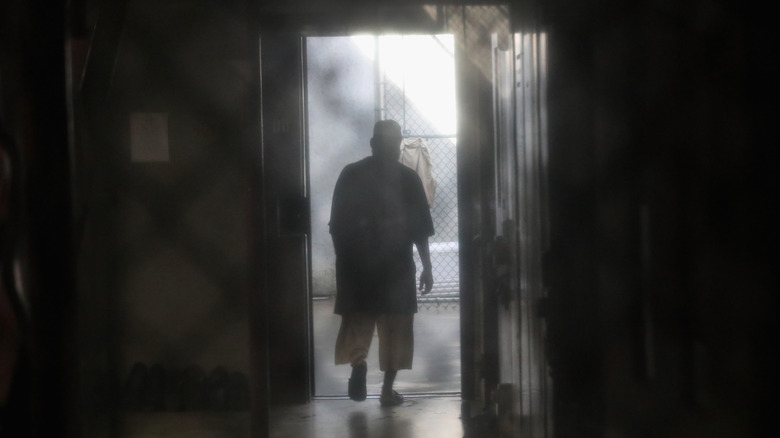
A Day In The Life Of A Prisoner At Guantanamo Bay

The Tragic True Story Of WWI Trench Poetry
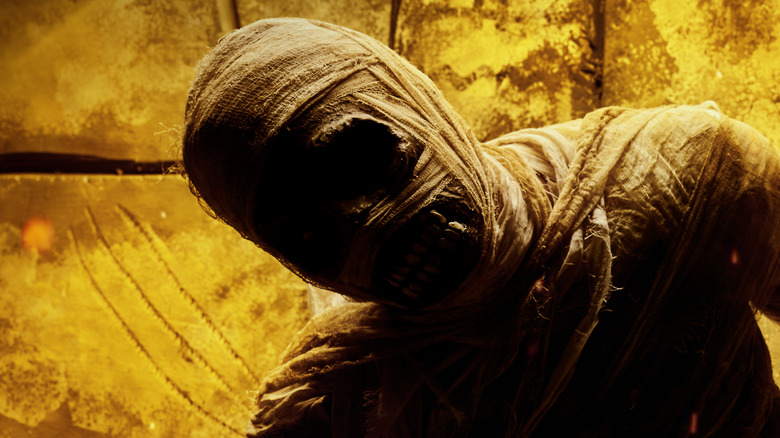
Why People Once Ate Mummified Egyptian Bodies

A Look At Dorothea Puente's Relationship With Everson Gillmouth
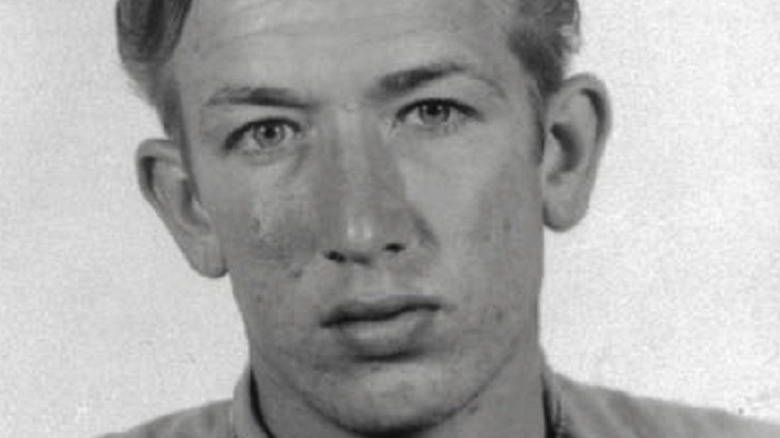
The Untold Truth Of Murderer Richard Speck
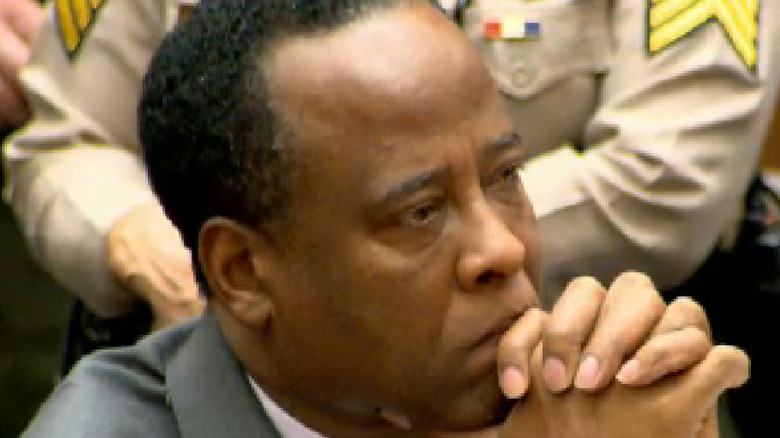
Dr. Conrad Murray: Whatever Happened To Michael Jackson's Physician?
